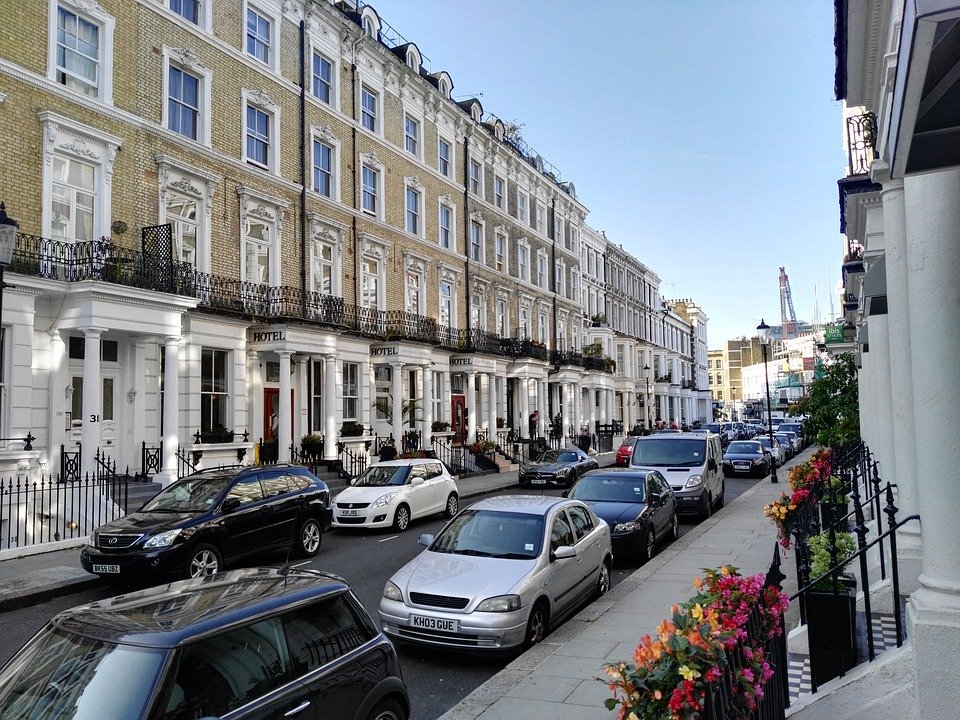The past two years of economic uncertainty, induced by the global pandemic, have impeded strong performances across most industries. Certainly, all will be glad to see the back of the restrictions and lockdowns that strained growth as businesses seek to recover.
Yet, amongst the volatility, the UK property market once again flourished, highlighting the sector’s reliable reputation in such times.
This resilience was likely made possible by investors seeking financial opportunities that have been historically more reliable during a period where other potential assets have not looked as secure.
What’s more, there appears to be no slowing down, with buyers snapping up property faster than ever, twice as quickly as they did in 2019, according to data from Rightmove.
Alongside thriving market activity is the rise in house prices that continued surging even throughout the pandemic. According to Nationwide’s April House Price index, average house prices have reached £267,620, with price rises increasing higher than 10 per cent in each month but one in the past year.
Despite positive growth, the industry must remain prepared for potential challenges ahead. The rate of buying is a consequence of a shortage of property, a situation that cannot continue forever. And pundits have predicted house prices to be pulled back down by the cost of living squeeze and rising mortgage rates.
This is why many will be hailing the return of international investors since the end of Covid restrictions at the start of the year.
Contact us today to speak with a specialist Commercial Finance Broker to discuss how we can assist you.
Why is overseas investment important?
The health of the economy and the health of the property market are closely linked. Consumer spending and borrowing are affected by house price increases or dips. As such, receiving overseas investment will be crucial for maintaining the growth of the market and, in turn, the UK’s economic recovery.
And judging by the figures, this is anticipated to be the case since travel restrictions into the country were dropped in February.
According to Knight Frank’s City Wealth index section of their 2022 Wealth Report, in 2021 London saw more cross-border private capital in real estate than any other city in the world, with more than $3bn (£2.39bn) invested. Their forecasts estimate this trend to continue over 2022, with a further $24bn expected to be invested in the capital.
When taking into account the ongoing housing crisis that desperately needs to be tackled, a significant boost in investment would be welcomed in order to address the vast undersupply in housing.
To offset the shortage, the UK needs to be building 340,000 new homes a year, of which 145,000 should be affordable. However, only approximately 216,000 new homes were supplied in 2020-21.
More often than not, news of international investment flows into the UK property market is met with some disdain due to negative connotations linked to the housing shortage. However, foreign investment can ensure the commencement of property development by buying new residential units off-plan and funding development schemes.
This is a huge positive when considering the slowdown of construction activity due to problems associated with the pandemic.
Read about the UK Housing Market via our Specialist Residential & Buy to Let Division
It is not just the capital where these projects are taking place. International investors are placing bigger bets on areas outside of London such as the West Midlands and the North of England, with the likes of Manchester, Leeds and Newcastle becoming recognised as better value for money investments.
At the same time, investment in regional areas has been bolstered by a change in homeowner preferences. Many households are now seeking bigger homes outside of the city, suited to home-working needs, and increased investment flow has the potential to boost their development of new housing for years to come.
Could external factors delay international investment flows?
While the return of international investment is certainly promising for the property market, it is important to recognise the wider macroeconomic headwinds that have the potential to slow down the market’s growth outlook.
For one, the steady climb of interest rates poses added challenges to investors.
The base rate, which recently rose to 1 per cent, influences the interest rates that many lenders charge for mortgages, loans and other types of credit. For investors, this means taking into account higher mortgage rates in line with rising interest. This in turn poses risks to the pace of real estate development.
Elsewhere, there is soaring inflation and a cost of living crisis to contend with. The Bank of England has warned that prices might rise to 10 per cent this year, a 40-year high, and this jump in inflation coupled with the rising interest rate could erode rental returns and devalue property if house price growth slows, which commentators are anticipating.
However, despite the above, UK property has long been considered a safe bet for international investors, and it is unlikely this will change any time soon. Capital from areas such as Hong Kong, China and the US remains strong. Also, the drop in the pound since Brexit has allowed for more favourable exchange rates that stretches investors’ money further.
Looking ahead, it becomes essential, then, that the expected return of global investment flows is used to its full potential. Doing so will be key to ensuring the continued strength of the property market and, ultimately, the pursuit of a steady economic recovery.
Jamie Johnson is chief executive of FJP Investment
By Jamie Johnson
Source FT Adviser

